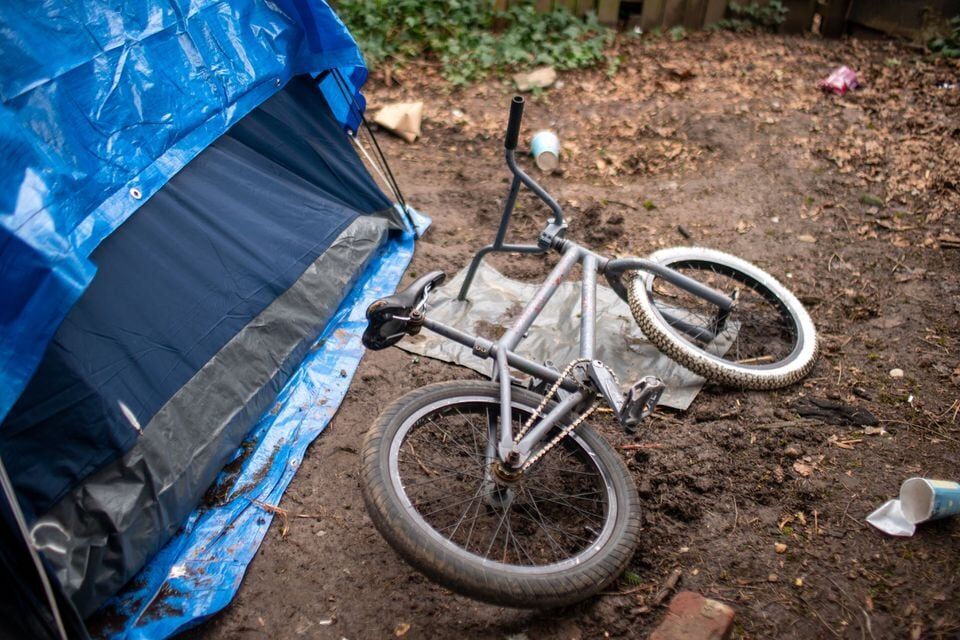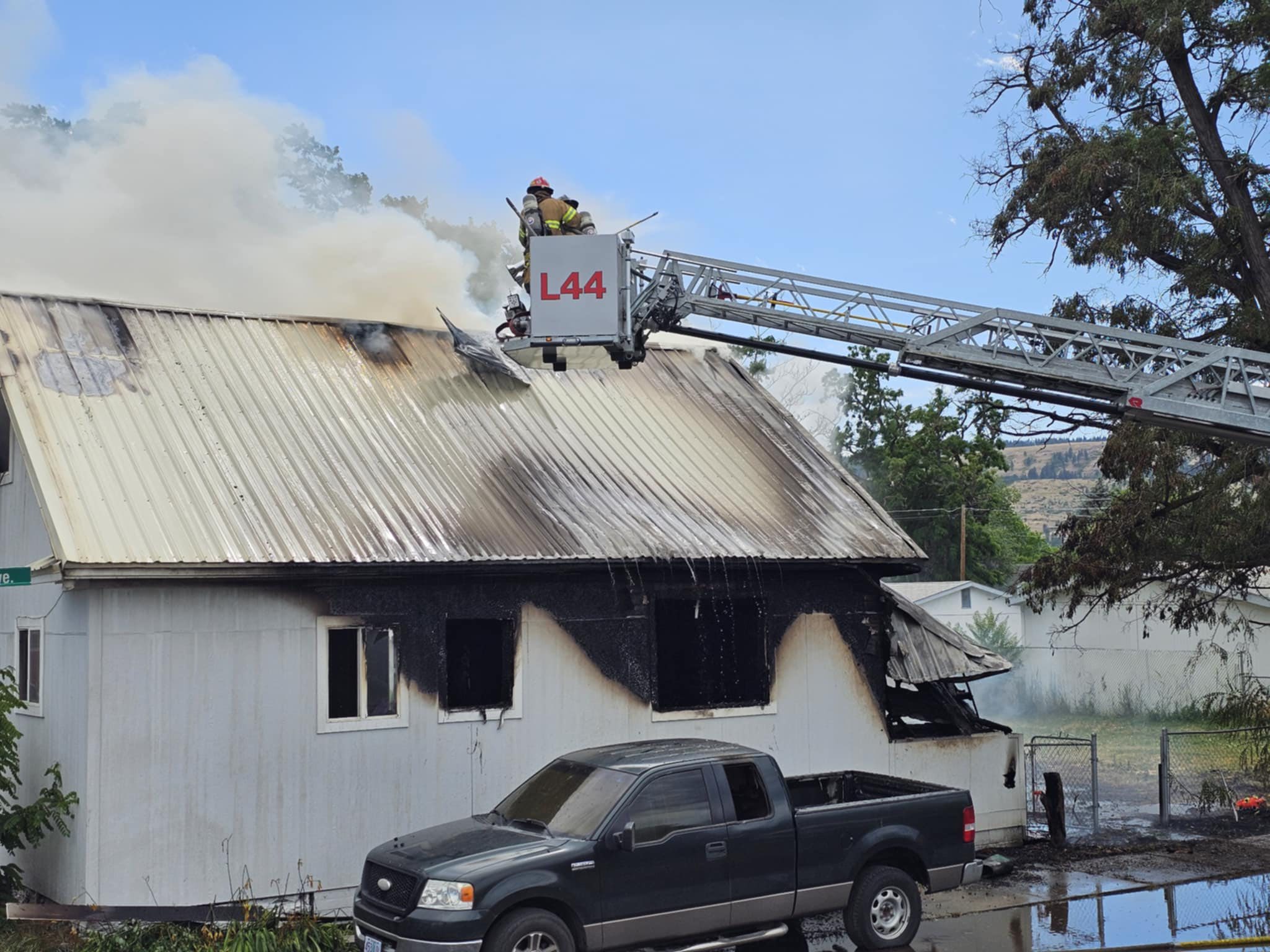Oregon has highest rate of homeless families in the country
Published 3:00 pm Saturday, December 23, 2023

- A new report says Oregon has the highest rate of families with children and unaccompanied youth experiencing homelessness of any state.
PORTLAND — Oregon has the second highest rate of homelessness in the nation, trailing only California, according to a new federal count of homeless individuals in 2023.
Trending
And Oregon has the highest rate of families with children and unaccompanied youth experiencing homelessness of any state. The lack of affordable housing is a significant factor.
The new count found there are 48 unhoused Oregonians for every 10,000 people in the state — or 20,142 unhoused people total. Experts agree the numbers are likely an undercount. The phenomenon is not new, but it is quickly getting worse. The state’s homeless population increased 15% since 2007, with a 23% increase in total population during the pandemic years from 2020 to 2022.
Jimmy Jones, director of housing and homelessness nonprofit, Mid-Willamette Valley Community Action, said he does not believe Oregon has reached the worst of it yet.
Trending
“This is almost all economic,” Jones said. “Despite all resources we’ve been investing, this is not the peak. All of those people in 2021 who gave up their homes during the pandemic and moved into their cars and RVs, they haven’t started showing up on the streets yet. It is hard to count those folks during the point-in-time count. That wave has not yet reached us.”
National counts are conducted during a single night in January each year. Across the country, the total number of people experiencing homelessness increased 12% between 2022 and 2023 to 653,104 people. But states in the West reported the highest percentages of people experiencing unsheltered homelessness.
In Oregon, 65% of those who were homeless were living on the street, in their cars or another unsheltered place. The others were in shelters.
The rate of homeless families with children is 9 per 10,000 residents. The next highest state is Idaho at 4 per 10,000 residents.
Since 2020, the total number of unhoused people in families in Oregon increased 27% to 3,900. Of the total, nearly 60% were without safe shelter. While Oregon and Washington each have large populations of families without stable homes, Oregon had a much higher percentage of unsheltered families.
The Portland and Gresham area and the Eugene and Springfield area both have some of the highest total unsheltered population percentages in the country. Both report that nearly 75% of their unhoused families are unsheltered.
Oregon did not have as large an increase in family homelessness, as New York, Massachusetts and Colorado did, but that is because Oregon’s numbers have been consistently high over the years. Between 2022 and 2023, the number of unhoused families in Oregon rose 16%.
Since the federal government began requiring data collection, “Oregon has frequently reported the highest rate of unsheltered family homelessness in the nation and almost six in 10 families experiencing homelessness did so outdoors in 2023,” the report noted.
“Where the homelessness crisis is most pervasive, California, Washington, Oregon and New York, the housing and rental costs are greatest in the country,” Jones said. “Back East, those states have kind of adjusted to that with really good affordable housing developments. We have been trapped behind the curve there.”
Rural Oregon communities have reported this is due to a severe lack of shelter beds outside of the Portland metro area. Oregon also has one of the highest percentages of veterans experiencing unsheltered homelessness with 56% of the state’s homeless veterans living outside.
A lack of affordable of housing across the state has further deepened the issue.
In 2022, “Oregon communities noted that more people have lost their housing because of climate events such as extreme wildfires across the state, floods in the coastal areas, heavy snowstorms in the eastern region of the state and a devastating tornado in the northern part of Oregon,” the report said.
And in the Portland area, despite an increase in shelter capacity, even more families reported a need for shelter due to a shortage of affordable housing.
The city is not alone in struggling to keep up with a homeless population that is growing faster than beds and housing can be created. Across the country, the number of emergency shelter beds has increased 70% since 2007. And the number of permanent supportive housing units increased 110%.
“Oregon suffered a much greater economic tragedy during the pandemic than is known yet,” Jones said. “We saw rental spikes and inflation from 2020 to 2022 and despite actually reducing the number of evictions during that time, keeping the tragedy from being worse than it currently is, many people voluntarily gave up their homes, and we don’t have a good number on that yet.”
Between Oregon’s skyrocketing housing costs and environmental disasters, families can no longer afford to stay in their homes, he said.
On top of the high number of families struggling throughout the state, another significant trend is happening. Oregon also has the highest rate of unaccompanied homeless youth in the nation with 70% of those youths, 24 years and younger, being unsheltered.
The number of homeless youths increased 34% to 1,424 between 2022 and 2023 — one of the highest increases in the country. New York, California and Illinois reported higher increases all hitting near 60%. Just Washington trailed Oregon at 12.4%.
Jones blamed this persistent trend on Oregon’s decades-long lack of investment in youth and foster care issues.
He said most unhoused youth are between 18 and 24 years old, falling into an awkward gap where they have aged out of foster care but don’t feel safe in typical adult shelters, so they often try to hide away from public view. Jones said despite the state taking youth issues more seriously in the past few years, there are still few places for older youth to seek shelter.
States with the highest rates of families with children experiencing homelessness:
Oregon: 3,900 total people in unhoused families with 58.7% unsheltered
Idaho: 818 with 43.8% unsheltered
Arkansas: 496 with 28.2% unsheltered
Washington: 7,136 with 26.4% unsheltered
California: 25,483 with 23.5% unsheltered









